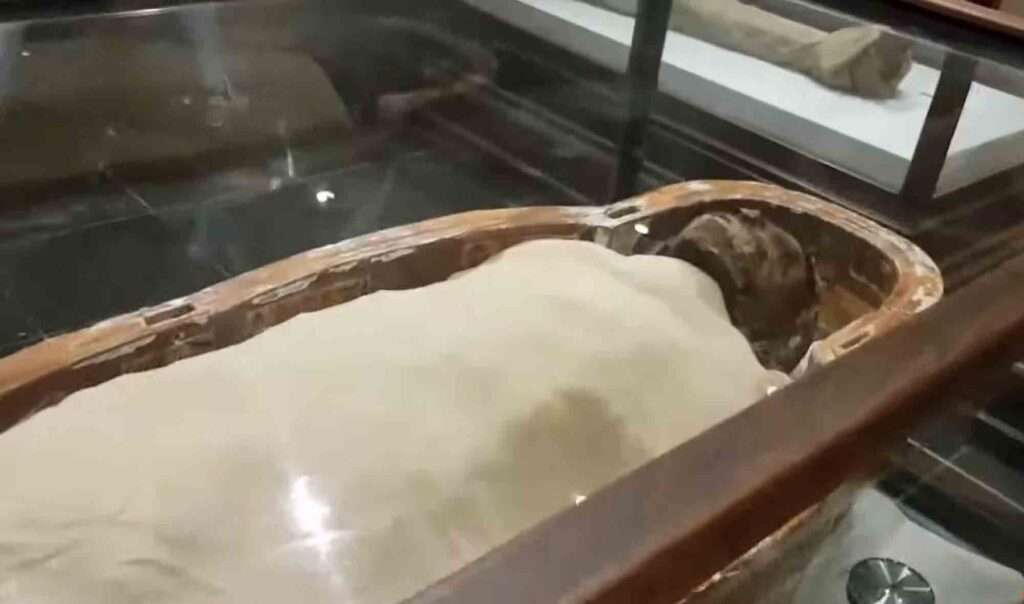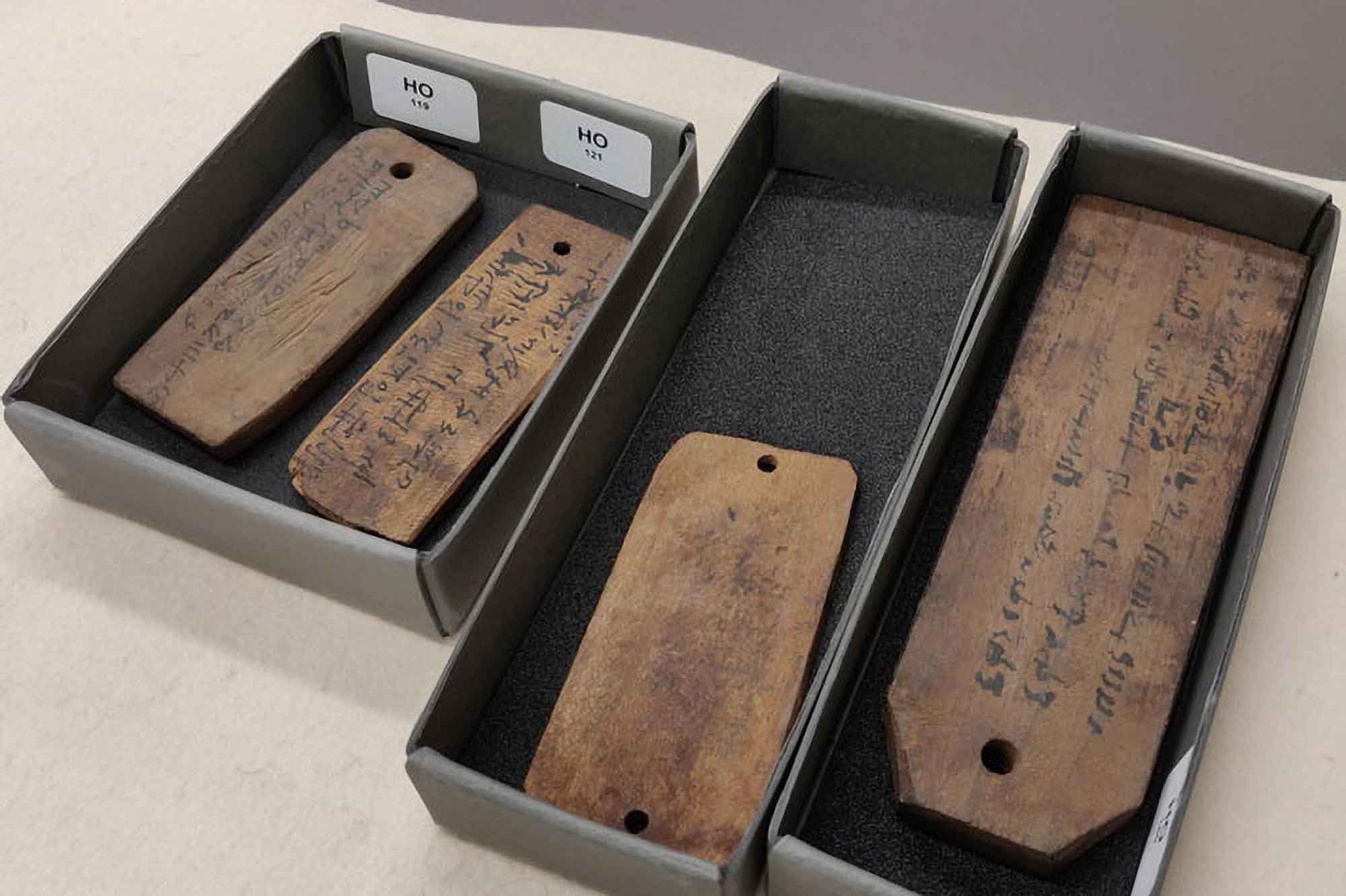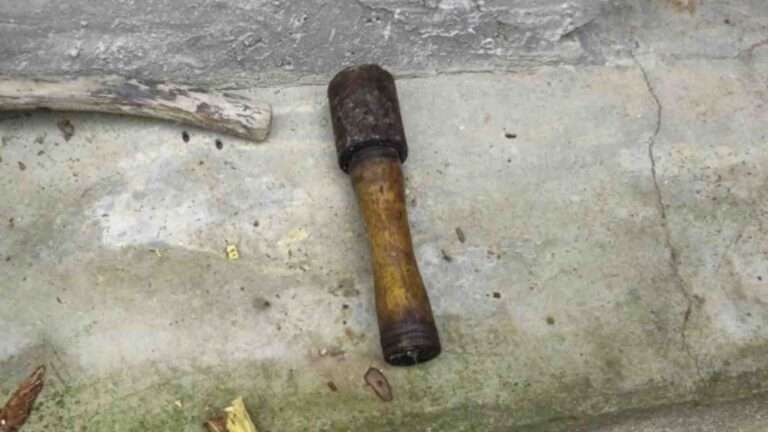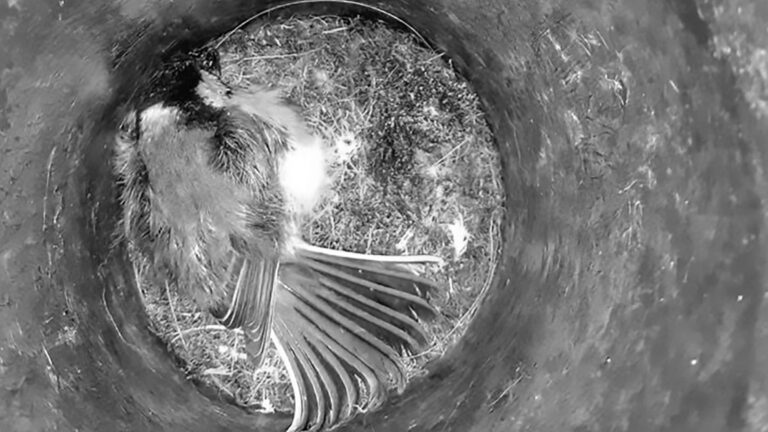Ancient body tags used to identify mummies from 2,000 years ago could hold the secret of the planet’s extreme weather patterns, it has emerged.
Scientists in Switzerland are examining 3,000 of the wooden identity labels found in tombs on mummified bodies across Europe and Egypt.
The tags were originally used to identify mummified bodies, engraved with their names, families and a brief prayer.
Now researchers from the Swiss National Foundation (SNSF) say the rings in the wood could reveal exactly what weather was doing at the time they were made.
Scientists say the many different woods used and the 700-year spread of the mummies examined will tell how changing weather patterns affected the world.

University of Geneva archaeologist Francois Blondel said: “That’s why mummy labels are ideal for our purposes.
“Not only are there thousands of them in museums around the world, they’re made from lots of different tree species, such as pine, cypress, cedar and juniper.”
He added: “We can’t yet assign a precise date to the rings and the events they record.”
But – according to Blondel – the wood rings revealed that there were a few fertile years before a period of drought.
The study included the Mediterranean, modern-day Lebanon, the Greek islands and the mouth of the Nile between 30 BC and 641 AD.
The next step – said Blondel – is to locate the weather events in history by finding a datable specimen.
Then researchers can look for overlaps with other labels with the same tree species from the same region.

If that cannot be done, said Blondel, they will use radiocarbon dating.
Professor of Ancient History at the University of Basel Sabine Huebner said: “Mummy labels are just a proxy tool that we are using to reconstruct the climate of Roman Egypt, the breadbasket of the Roman Empire, and understand how climate fluctuations influenced changes in society, government and the economy.”
The study was published in the International Journal of Wood Culture (IJWC) on 4th January 2023.
To find out more about the author, editor or agency that supplied this story – please click below.
Story By: Georgina Jadikovska, Sub-Editor: Marija Stojkoska, Agency: Newsflash
The Ananova page is created by and dedicated to professional, independent freelance journalists. It is a place for us to showcase our work. When our news is sold to our media partners, we will include the link here.




